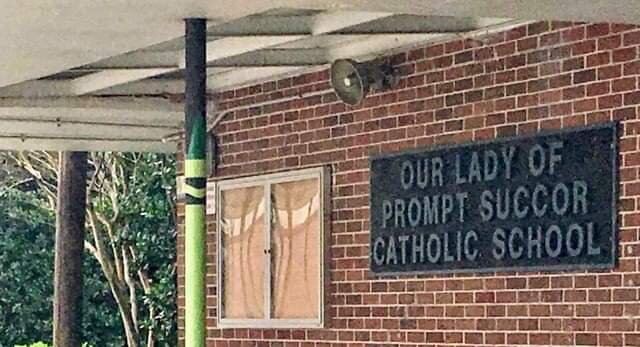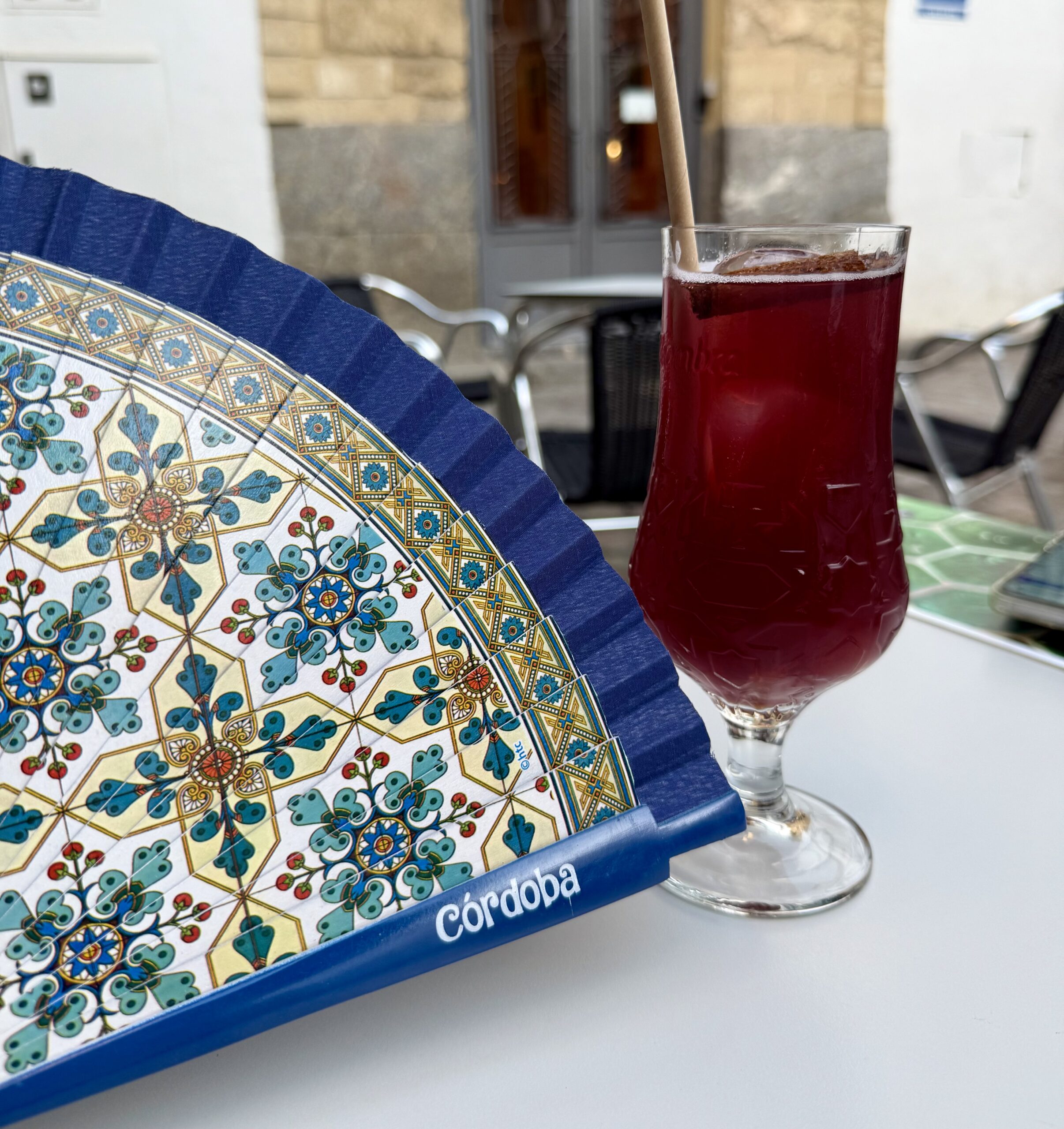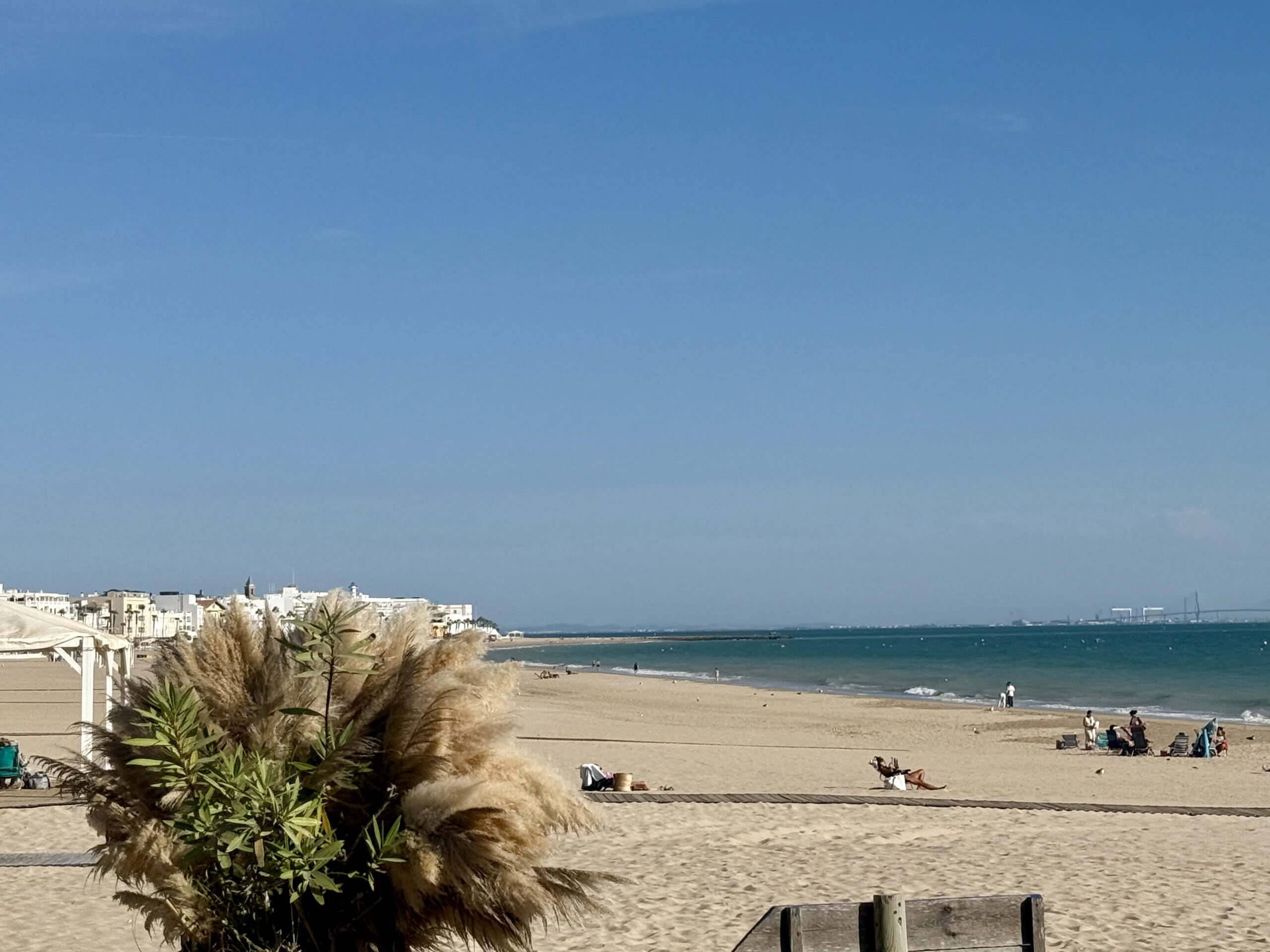
Black and white right before our eyes
May 28, 2020
Then there was the day at Our Lady of Prompt Succor that we were all marched out of our classrooms and onto the playground at the school’s main entrance. It was not announced as a fire drill. The entire school stood in lines and waited. After a time, we returned to our classrooms. Later, a story circulated that we had been marched out in the open to determine whether the school was harboring any black pupils. Who was doing the verifying I never heard.
I carried that story well into adulthood, never able to verify its accuracy. A friend’s mother who worked at the school at the time said she’d never heard anything like what I’d remembered.
Just this week, Carol and I were reading (I read aloud to her over our morning coffee. She’s not catatonic or anything; she claims it’s the only time she can hear the sound of my voice.) a memoir (The Wind in the Reeds) by Wendell Pierce, the New Orleans born and raised actor who starred in the HBO series Treme. According to Pierce, in 1962 the relatively progressive Archbishop of New Orleans had declared all diocesan schools were to be desegregated. It was strongly resisted, especially by one Leander H. Perez, a segregationist and despot who ran St. Bernard Parish, where my grammar school was located. I think I’d found my proof of what that assembly was all about.
In 1962 I would have been in 8th grade, more than well aware of race in the Deep South. Desegregation of New Orleans’ schools and the twisted faces of white hatred on the part of The Cheerleaders (a group of white mothers screaming epithets at the black children entering the desegregated schools) were being plastered over local TV news. In St. Bernard, I didn’t even know where African Americans lived, and none lived anywhere near me in lily white Chalmette. Overt Southern racism revealed itself alive and well right where I lived that day in that schoolyard assembly. We were all lined up in public view to prove there were no black kids in attendance at OLPS.
“Just this week, Carol and I were reading (I read aloud to her over our morning coffee. She’s not catatonic or anything; she claims it’s the only time she can hear the sound of my voice.”
Prior to that day, I was only aware of that visible level of racism in the race screens of the public buses in New Orleans that separated the “colored” section of the back of the bus with wooden separators on the seatbacks. Now I found it in my neighborhood and my school. Though I was too young to realize it at the time, it was my first experience that the immoral could nevertheless still be normal – in the South anyway.
Mind you, on the whole, I’m not a big fan of people in general. My view on race has nothing to do with any empathetic embrace of African Americans or their culture. I hate my own race because white supremacy strikes me as a poisonous mix of arrogance and stupidity. I mean, is founding a country on the twin pillars of genocide and slavery really the way we want to assert our superiority and exceptionalism on the world stage?
Sorry. I’ve gotten real preachy all of a sudden. All I wanted to say was that reading Wendell Pierce’s memoir is like watching a whole other parallel universe open up for me in the same place where I grew up, believing it was one-dimensional and bland. It was not. It seethed right under my nose, as it continues to seethe right before my eyes today.



Be the first to comment